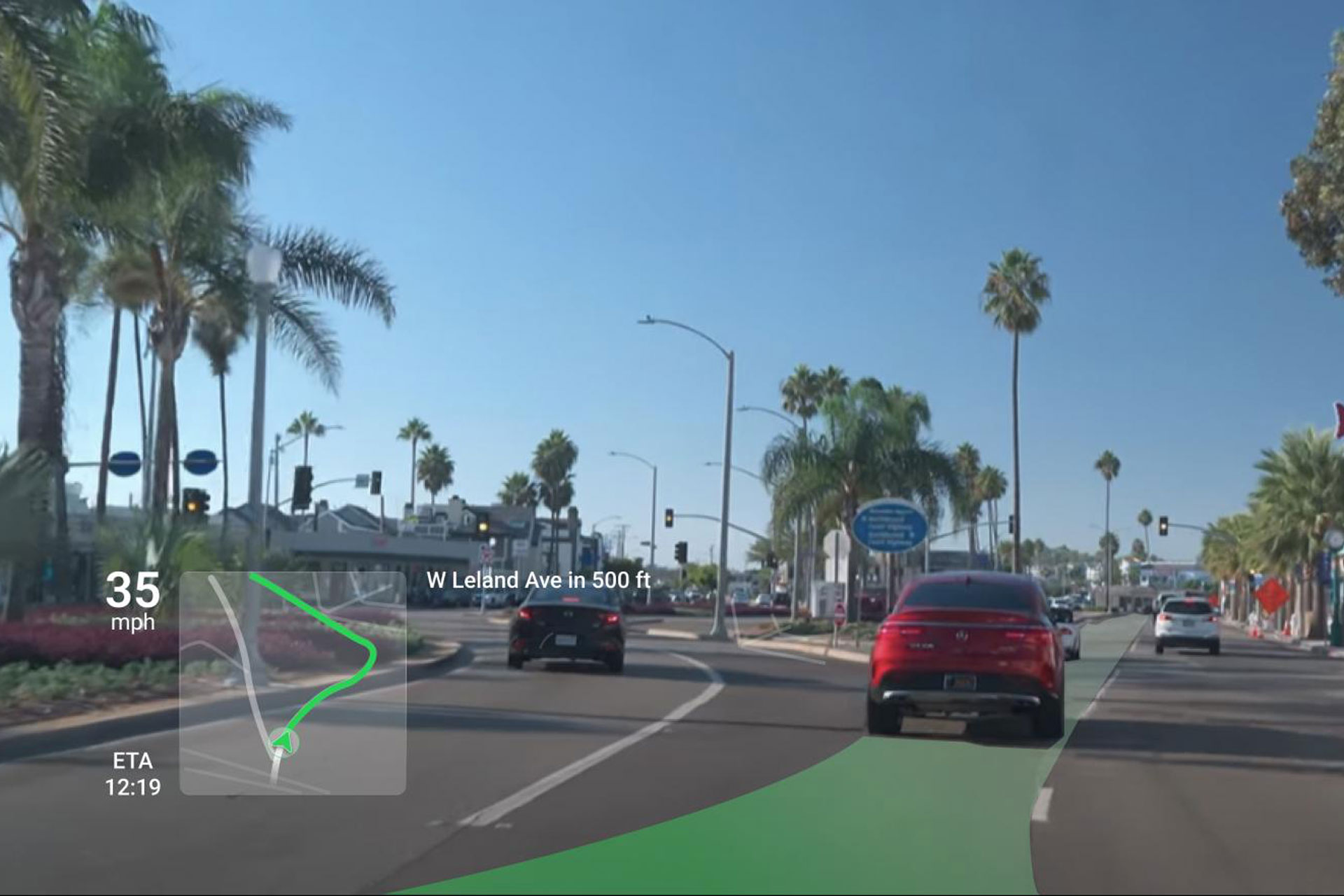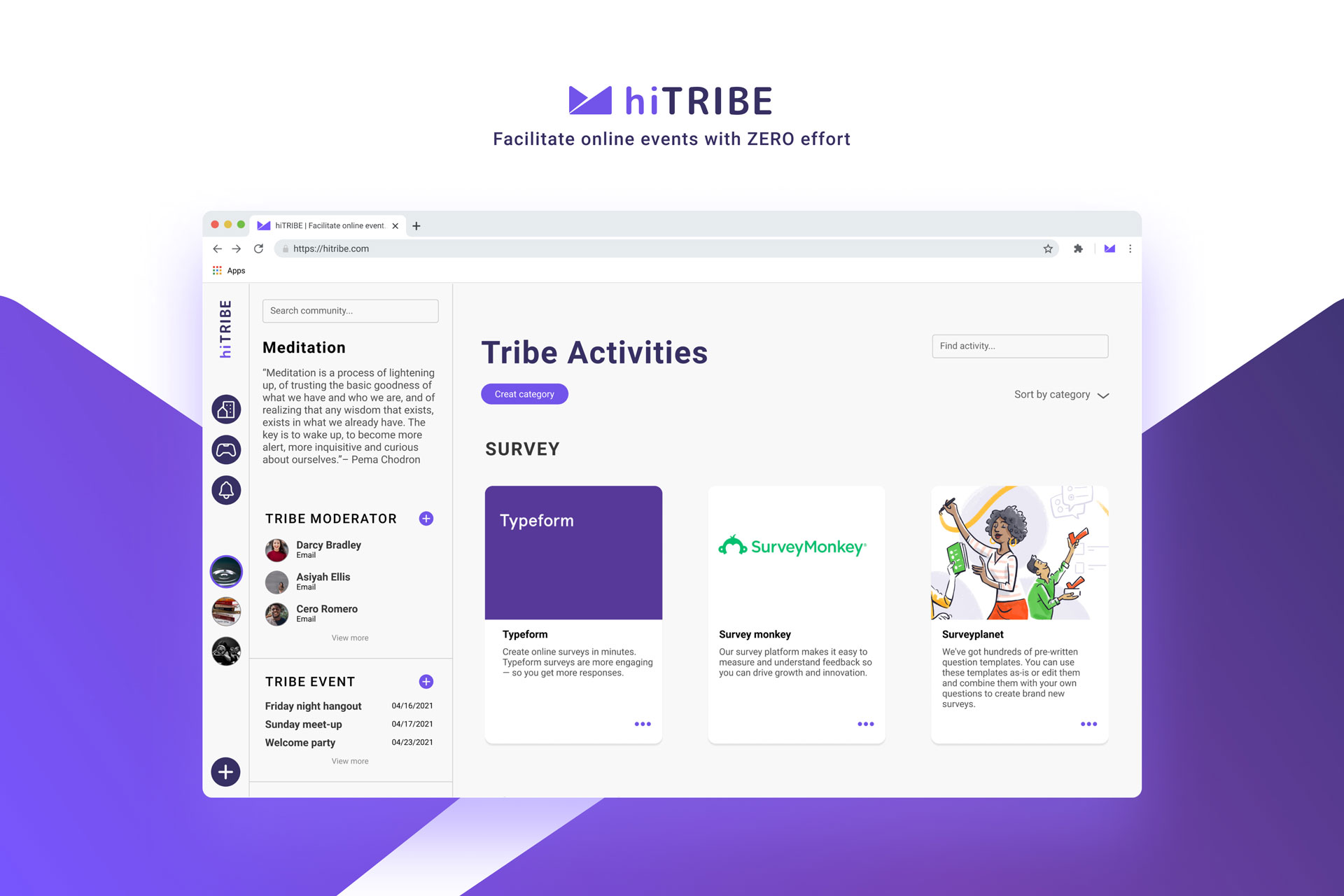Interview with Shuchen Wang of Focus

Interview With Anna Foix From Spain
January 22, 2024
Interview with David Mateo Gonzalez of Animun Creativity Advanced School
January 22, 2024Interview with the 2023 Vega Digital Awards Winner - Shuchen Wang
My name is Shuchen Wang, and I am a UX/Product Designer with a foundational background in industrial design. This early stage of my career introduced me to the user-centered design philosophy, a concept that has profoundly shaped my approach to design.
Over the years, I've enjoyed in diving deep into user research, closely observing user behaviors, and meticulously crafting solutions that genuinely connect with and improve the lives of users. This enthusiasm for creating meaningful user experiences ultimately propelled me into the dynamic world of user experience design.
My journey into digital design and art began in childhood, with a deep-seated passion for painting and observing the world around me. I was fascinated by how designers could transform everyday objects and spaces into something extraordinary. This blend of problem-solving and creativity drew me in, making the choice to pursue a career in design feel like second nature. Discovering digital art was like finding my true medium, allowing me to express my creativity in new and exciting ways.
I am part of a corporate team where I play a crucial role in tackling the daily challenges encountered by our internal users. My mission is to simplify their workflow and enhance their day-to-day experience. To achieve this, I balance the needs of the business, the users, and the technical realities we face, ensuring a practical and effective solution.
My favorite kind of digital design is one that embodies creativity while simultaneously addressing real-world problems. I appreciate when design goes beyond aesthetics, integrating innovative thinking, problem-solving capabilities, empathy, and a keen sense of beauty.
This creates a holistic experience, fostering meaningful connections between users, products, technology, and the environments they inhabit. In essence, it’s the concept of artistic expression and practical utility that truly captivates me.
A "good" design to me is like having a smooth, intuitive conversation—it just flows naturally without any pauses or misunderstandings. A classic example that illustrates this is the design of a door handle.
If a user stands in front of a door and feels uncertain about whether to push or pull, then the design has missed its mark. A good design should guide the user naturally through their interaction, requiring minimal additional explanation.
I’m still exploring my design style, I prioritize blending creativity with practicality, ensuring my designs stand out while genuinely meeting user needs. My process is anchored in comprehensive research, from understanding target user habits and pain points to analyzing competing products.
This groundwork informs my creative with user-centric designs, which are continually refined through user testing, resulting in a style marked by its dedication to genuine user needs and ongoing refinement.
My design approach is basically crafted around a comprehensive research methodology. Initially, I pinpoint the target audience, delving into their behaviors and pain points, and subsequently analyze competing products to uncover potential solutions or to discern the missteps in unsuccessful product designs.
Under this framework, I dive into the design phase, ensuring that the product undergoes constant refinement based on iterative user testing, ultimately leading to a user-centered and thoroughly tested final design.
I find inspiration through observation, immersing myself in the simplicity and complexity of our daily lives. My creative sparks often ignite from our daily life moments—a designed product, a feature in an app, or even the subtle ways people interact with utensils during lunch.
I am captivated by the natural ebb and flow of human behavior, and I strive to understand the intricate dance between us and the products we use. This observation not only fuels my creativity but also deepens my understanding of the user-product relationship, guiding me in crafting designs that resonate and connect.
I am thrilled about the rapid advancements in AI and its profound impact on the digital design landscape. The integration of technologies like AR, VR, and XR with digital design is opening up new possibilities and dimensions for designers to explore and innovate.
This synergy is not just enhancing the way we interact with digital content, but also redefining the user experience, making it more immersive, interactive, and engaging. The blend of AI and these emerging technologies in digital design promises a future full of potential and innovation, and I am excited to be a part of this transformative journey.
I am profoundly honored to be the recipient of the 2023 VEGA Award. It not only fuels my passion but also serves as a testament to the relentless hard work and creativity of my incredible team.
Together, we’ve turned challenges into opportunities and ideas into reality. I am deeply grateful for their support and collaboration, and this award encourages us all to continue pushing boundaries and exploring new horizons in our creative journey.
Project Focus, our submission to the 2023 Vega Awards, represents a groundbreaking leap in intelligent driving, seamlessly incorporating an Augmented Reality Heads-Up Display (AR HUD) to enhance the driving experience with intuitive guidance and timely hazard alerts. Distinct from current market offerings that tend to overwhelm drivers with unnecessary information, our user-centric research informed a restructured information architecture, categorizing data into 'Constant' and 'Situational' Information.
This approach significantly reduces cognitive load, ensuring that drivers receive only essential details, complemented by a synchronized auditory alert system that adjusts alert levels based on potential hazard severity. In summary, we proudly showcased Project Focus as a testament to our commitment to driver safety and pleasure, striking the perfect balance between informative support and minimal distraction.
One of the most significant challenges we faced in this project was, the technology we were working with is relatively new and there were scarce resources available for reference. To navigate through this, we heavily relied on conducting user interviews to gain a deeper understanding of the pain points and user needs.
Additionally, we integrated AR technology as a creative feature within the project, which, while innovative, presented its own set of challenges in terms of implementation and ensuring a seamless user experience.
My favorite aspects of our industry include collaborating with talented individuals from diverse backgrounds, tackling real-world problems, and pushing the boundaries of innovation.
Cherish your creative spark and let your passion for design shine in your work, as these are your greatest assets in navigating the dynamic digital industry and making a lasting impression in competitions like the Vega Awards.
Checking exhibitions to see how different forms of art solve or express problems. Observing things around you, small things sometimes can offer a lot of inspiration and reflection.
Winning Entries
Focus | 2023
(read more at Vega Digital Awards)
hiTRIBE | 2023
(read more at Vega Digital Awards)
Shuchen Wang
Shuchen Wang is a UX/Product Designer with an industrial design background, and has strong interests in user-centric design, user research, and the creation of meaningful user experiences.
Read more about Yuko Hwang's interview for the 2023 Vega Digital Awards!



